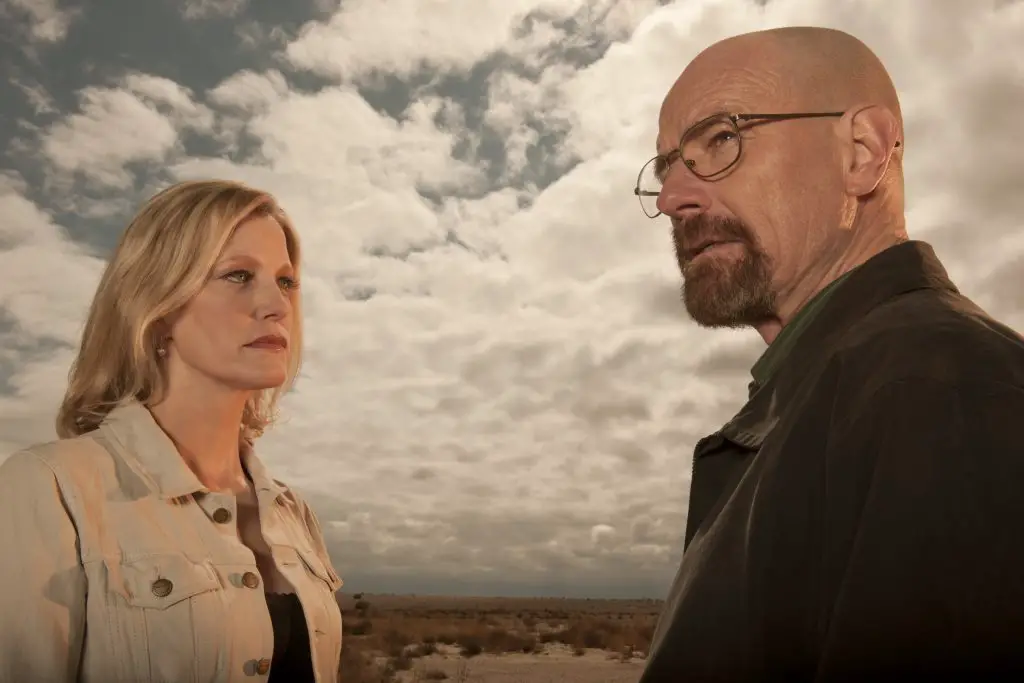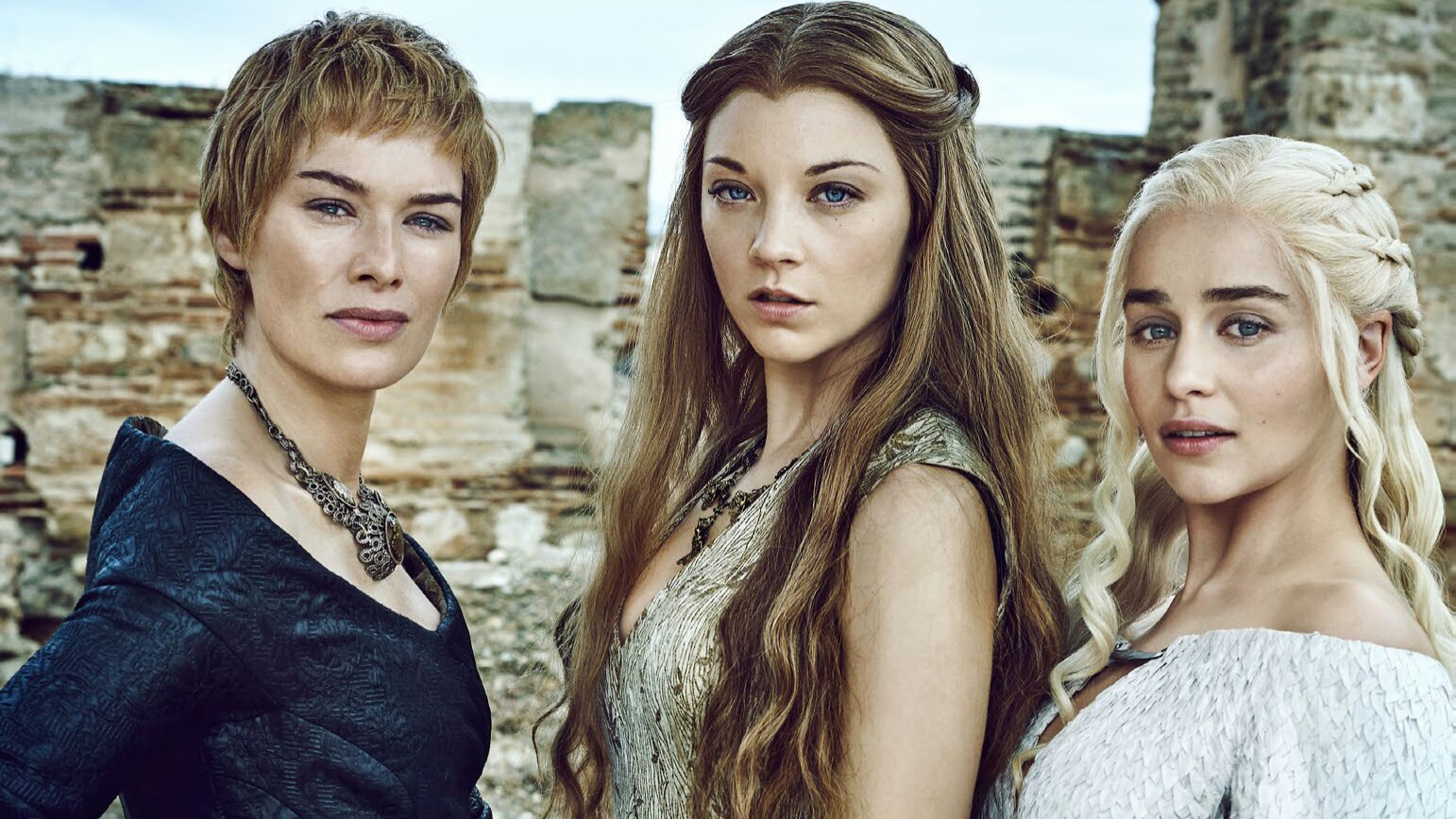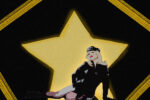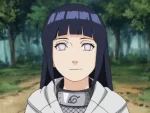The strong female character (SFC) is one you’ve seen in many movies and TV shows. Regardless of her hair and eye color, the rest of her is eerily similar from one blockbuster to the next: slender, most likely white, beautiful and really, really good at punching, shooting or stabbing people. In a bumbling, misguided effort to write better female characters, the strong female character was born.
Now, the strong female character is a force of nature physically, but this is very different from a strong female character who is nuanced and three dimensional—in other words, an accurate portrayal of a human being with flaws. No, the SFC is here to challenge the stereotype that women aren’t strong by kicking people really well (and maybe carrying a weapon), but not doing much else. While it is good to see portrayals of women who are not physically helpless, this is usually the only trait SFCs can boast. Even then, their strength is personified through violence and physical power, two typically masculine characteristics. Besides this, they usually contribute little to the plot because they are written as one-note figures with no depth what so ever.
Tasha Robinson from “The Dissolve” created some excellent criteria for producers and screenwriters to use to examine the female characters they’ve created.
1. After being introduced, does your Strong Female Character then fail to do anything fundamentally significant to the outcome of the plot? Anything at all?
2. If she does accomplish something plot-significant, is it primarily getting raped, beaten or killed to motivate a male hero? Or deciding to have sex with/not have sex with/agreeing to date/deciding to break up with a male hero? Or nagging a male hero into growing up, or nagging him to stop being so heroic? Basically, does she only exist to service the male hero’s needs, development, or motivations?
3. Could your Strong Female Character be seamlessly replaced with a floor lamp with some useful information written on it to help a male hero?”
We don’t need more strong female characters. We need flawed female characters. By flawed female characters I don’t mean broken, but real humans. The one-dimensional SFC—beautiful, simple, offering no emotional complexity—is an easy fall-back because these characters offer no threat or controversy. Their shallowness of writing means they are likable and appealing, largely because they are so bland it’s impossible for them to be anything else. Male characters are not only allowed to be the driving force of the story, but they are also allowed to be real, three dimensional human beings. The reason many male characters resonate with audiences is because they are human—they have agency and depth and flaws. Men can be heroes, antiheroes or villains, but women are hated once they stick a toe outside bland non-threateningness.
The slowness to write female characters who are realistic, have agency and are subject to their own human flaws may stem from the fact that if they are created, they are immediately labeled a bitch or a bitter shrew. While the series is certainly no feminist triumph per say, “Breaking Bad” experienced the backlash for creating a human female character. The main character, Walter White, played by Brian Cranston, is an antihero and well loved by fans. His wife, Skyler White, played by Anna Gunn, was almost universally hated with a shocking vitriol.
In the series, Walter becomes a meth dealer to cover medical expenses and his wife later finds out. Naturally she becomes angry, disgusted and scared for her children’s safety. She is one of the few characters who challenges and opposes Walter on what he says and does, and she was met with an enormous wave of hate. Fans hated her for getting in Walter’s way, calling her a shrew, a drag, a ball and chain and a bitch, all for having the audacity of being human, complex and multi-layered. Skyler is no saint, but she’s judged far more harshly than Walter is. As she penned in a New York Times op-ed, “I’m concerned that so many people react to Skyler with such venom. Could it be that they can’t stand a woman who won’t suffer silently or ‘stand by her man’? That they despise her because she won’t back down or give up? Or because she is, in fact, Walter’s equal?”

There are some great examples of authenticity mixed with flaws in female characters, and the fact that they endure to this day, speaks to how their strength resonates with people. Ellen Ripley from “Alien,” Buffy Summers from “Buffy the Vampire Slayer,” Lisbeth Salander in the Millenium Trilogy, Mindy Lahiri from “The Mindy Project,” Selina Meyer from “Veep”: The reason these characters are so great is because they are given the chance to be human. They can be strong, weak, smart, manipulative, abrasive, kind and hundreds of other qualities, not just confine to one stereotype. For all the series’ flaws, George R. R Martin’s “Game of Thrones” has female characters that are given the freedom to be many things at once. Sansa, Cersei, Daenerys and Arya are fallible and imperfect. However, mistakes and bad decisions that they make are one of the reasons why they resonate so strongly with us.
So please, enough with the hot girl who can throw a knife but is unable to add anything to the plot. There is nothing fundamentally wrong with female characters showing physical prowess, but this can’t be the only thing that they’re good for. Writing bland, mentally non-threatening female characters just so they won’t be labeled a bitch or disliked is incredibly crippling. We need women in TV and movies that can be human beings. Women who are authentic and flawed—allowed to be imperfect and make mistakes—are the ones that we need to see.

















